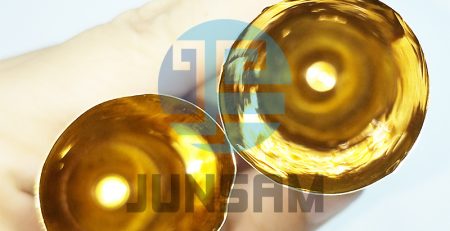Plastic tubes are ubiquitous packaging, allowing product visibility alongside enduring squeezability. However, most conventional plastic tubes pose immense waste problems without proper recycling. Fortunately, extrusion innovations now facilitate functionality combined with sustainability via thin-walled lightweight tubes, ocean-bound plastics incorporation, post-consumer recycled resins, and compostable bio-based alternatives.
This post explores such advances helping to align customizability and eco-friendliness when designing modern plastic tubes.
Introduction to Plastic Tubes
Plastic tubes are a versatile packaging solution used across various industries to store and transport viscous products like creams, gels, pastes, and more. Made from plastic resin, they are molded into hollow cylindrical shapes that can neatly maintain their form even as the contents are emptied.
Benefits of plastic tubes include excellent transparency allowing the product inside to be visible, the ability to withstand pressure which makes them ideal for packaging viscous items, lightweight and unbreakable construction, and low production costs. Various decorations can be added to enhance aesthetics further.
Overall, the unique characteristics of plastic tubes make them a preferred choice for packaging items where product appearance and design are essential.
Manufacturing Innovative and Sustainable Plastic Tubes
Some giant manufacturers invest in innovative extrusion technologies to create custom-layered plastic tubes as consumers and industries move towards more sustainable packaging solutions.
The Extrusion Technology for Customized Tubes
The latest extruders allow them to produce plastic tube with individual layer structures tailored to customer requirements. For example, tubes can be created with a high percentage of post-consumer recycled (PCR) resin while preventing direct contact between PCR and tube contents.
PCR Tubes Made From Recycled Plastic
An emerging trend is the use of PCR resin to manufacture eco-friendly plastic tubes. Some Chinese manufacturers pioneered PCR tube production by combining different PCR materials to leverage their unique benefits. Their transparent PCR tubes with high-definition (HD) printing technology showcase sustainability without compromising aesthetics.
Mono-Material Tubes for Improved Recyclability
The mono-material tubes have the tube body, shoulder, and cap made of polyethylene (PE) or PCR instead of the standard PE and polypropylene combination. This significantly improves recyclability. Resource savings can be further enhanced by using recycled materials and reducing material quantities.
Lightweight Tubes to Reduce Plastic Use
Thin-walled lightweight tube production lowers plastic usage while maintaining functionality. When combined with mono-material construction, lightweight tubes present an optimal sustainable solution.
Optimizing Plastic Tubes for Sustainability
Various strategies can optimize collapsible plastic tubes to align with key sustainability principles:
Reducing Amount of Material
Thin-walled tubes with lightweight caps use less resin, reducing associated carbon emissions.
Replacing Materials with Sustainable Options
Virgin plastics can be replaced with PCR resins in part or full. Bio-based plastics made from renewable sources present another emerging alternative.
Incorporating Recycled Content
Post-consumer and post-industrial recycled content minimizes waste generation. PCR tubes maintain functionality despite having recycled content.
Designing for Recyclability
Mono-material tubes have higher recyclability. Additional strategies like using standardized base resins, removing barriers, and designing for disassembly further facilitate mechanical recycling.
Plastic Tube Innovation Highlights
Top Tube Lightweight Closure
The Top Tube has a 73% lighter polyethylene closure compared to standard plastic tube caps available in the market. This design innovation significantly reduces associated carbon emissions.
Conclusion
Plastic tube offers an optimal packaging medium for many applications in their ability to showcase products while retaining shape and functionality. Manufacturers are now leveraging innovative extrusion technologies and sustainable design strategies to enhance the eco-profile of these indispensable packages further. The growing adoption of lightweight, thin-walled, and PCR-based plastic tubes presents an opportunity to align functionality with sustainability.



